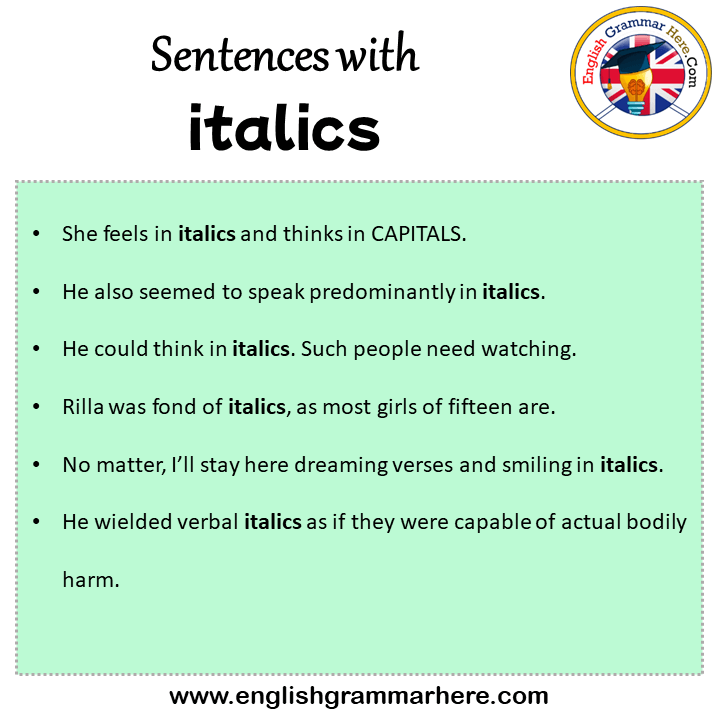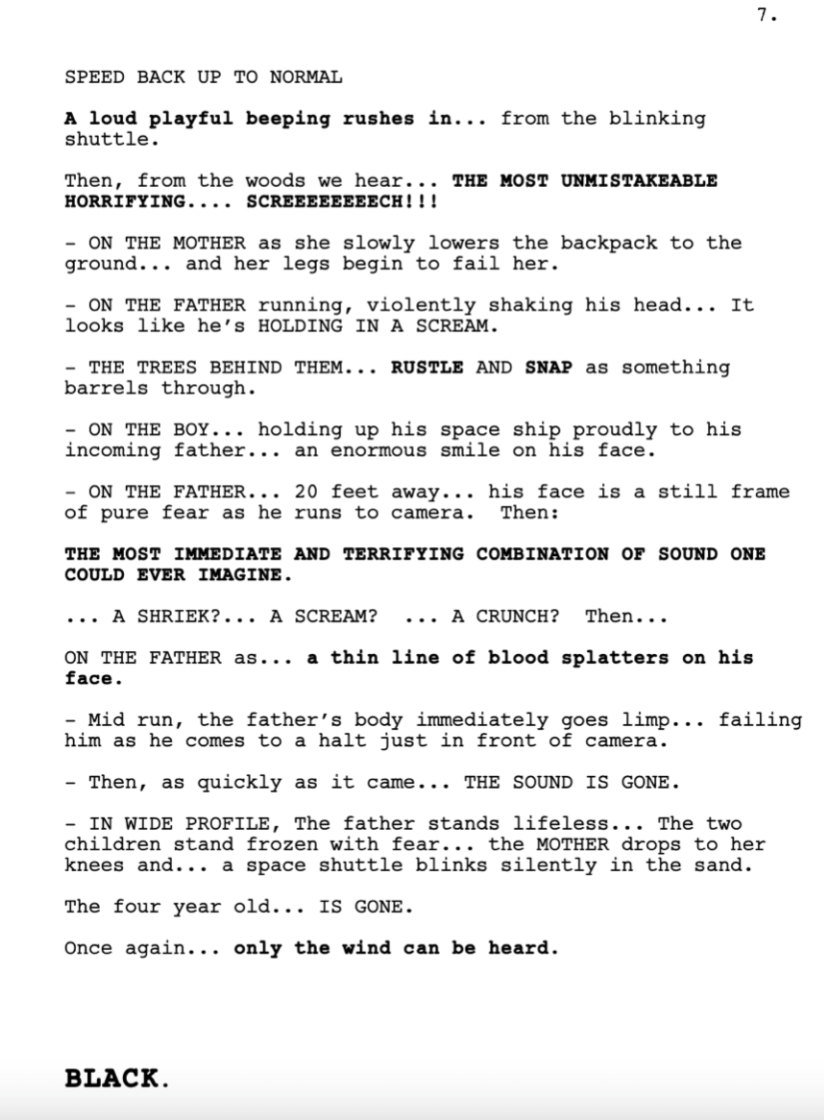How To Use Italics Correctly
Understanding how to use italics correctly is essential for anyone who engages in writing, whether for academic purposes, creative endeavors, or professional communication. Italics can add emphasis, clarity, and style to your text, but misusing them can lead to confusion and misinterpretation. This article aims to demystify the rules and conventions surrounding italics, ensuring that your writing not only looks polished but also conveys your intended message accurately.
In the realm of typography, italics serve a variety of functions, from denoting titles of works to emphasizing specific words or phrases. However, many writers find themselves unsure about the appropriate contexts in which italics should be employed. By understanding the nuances of italicization, you can enhance your writing and engage your readers more effectively. This comprehensive guide will equip you with the knowledge you need to use italics with confidence.
As we delve into the different applications of italics, we will address common questions and provide practical examples to illustrate each point. Whether you are a student, a professional, or a creative writer, knowing how to use italics correctly will elevate your writing and ensure that your ideas are communicated clearly and powerfully. Let’s explore the rules of italics together!
What Are the Basic Rules for Using Italics?
When it comes to using italics correctly, there are some fundamental rules that every writer should keep in mind. These rules can vary slightly depending on the style guide you are following (such as APA, MLA, or Chicago), but the general principles are consistent. Here are the basic rules:
- Titles of Works: Italicize titles of books, movies, plays, and other standalone works.
- Foreign Words: Italicize non-English words or phrases that are not commonly used in English.
- Emphasis: Use italics to emphasize specific words or phrases in your writing.
- Names of Vehicles: Italicize the names of ships, aircraft, and spacecraft.
How Do You Use Italics for Titles?
One of the most common uses of italics is for titles. Whether you’re referencing a novel, a film, or a work of art, italics help to distinguish these titles from the rest of the text. Here’s how to use italics for different types of titles:
- Books: The Great Gatsby
- Movies: The Godfather
- Plays: Hamlet
- Albums: Abbey Road
Remember, the rules may vary slightly based on the style guide you are using, so it’s essential to check the relevant guidelines when writing.
Should You Italicize Foreign Words?
When incorporating foreign words into your English writing, it is often appropriate to italicize them, especially if they are not commonly used. For example:
“The restaurant’s specialty was coq au vin, a classic French dish.”
However, if a foreign word has become widely accepted in English, such as “café” or “ballet,” you typically do not need to italicize it.
When Is It Appropriate to Use Italics for Emphasis?
Italics can also be used effectively for emphasis. When you want to draw attention to a specific word or phrase, italicizing it can help to convey your point more clearly. For example:
“I can’t believe you would actually do that!”
However, it’s important to use italics sparingly for emphasis—overusing them can diminish their impact and make your writing appear unprofessional.
Can You Use Italics in Digital Writing?
In digital writing, the use of italics can vary based on the platform. Most blogging platforms and word processors provide options for italicizing text, making it easy to follow the same rules as traditional writing. However, in certain contexts, such as social media, you may need to rely on alternative methods, such as underscores or asterisks, to indicate italics. For example:
“I love *this* song!”
What Are Common Mistakes to Avoid When Using Italics?
Even seasoned writers can make mistakes when it comes to italics. Here are some common errors to watch out for:
- Overuse: Avoid italicizing too many words or phrases, as it can make your writing difficult to read.
- Inconsistency: Be consistent in your usage throughout your document, following the same rules for titles and emphasis.
- Incorrect Context: Don’t italicize text that doesn’t fit the established rules, such as common phrases or idioms.
How Does Italics Affect Readability?
The use of italics can affect the readability of your text. While italics can help to emphasize important points or distinguish titles, they can also create visual clutter if overused. To enhance readability, consider the following:
- Use italics to highlight key terms or phrases but avoid making entire paragraphs italic.
- Ensure that your use of italics is consistent and follows the same rules throughout your writing.
- Consider the overall aesthetic of your document; too much italicized text can make it harder to read.
What Resources Can Help You Master Italic Usage?
To further master the art of using italics correctly, consider exploring the following resources:
- Style Guides: Refer to style guides such as APA, MLA, or Chicago for specific rules on italicization.
- Writing Workshops: Participate in writing workshops or courses that focus on grammar and style.
- Online Writing Tools: Use online writing tools that offer grammar and style suggestions to enhance your writing.
Conclusion: How to Use Italics Correctly
Understanding how to use italics correctly is a valuable skill that can enhance your writing and communication. By following the rules outlined in this article and being mindful of your usage, you can effectively incorporate italics into your work. Whether for emphasis, titles, or foreign words, mastering italics will elevate your writing and ensure that your message is clear and impactful. Now that you know how to use italics correctly, you can confidently apply these principles in your future writing endeavors!



ncG1vNJzZmixn6PAtr7IZqWeq6RjsLC5jq2pnqaUnruogY6hprBlpKR6tr%2FEZqCtmZyesLR5wqipq52Tqbm6esetpKU%3D